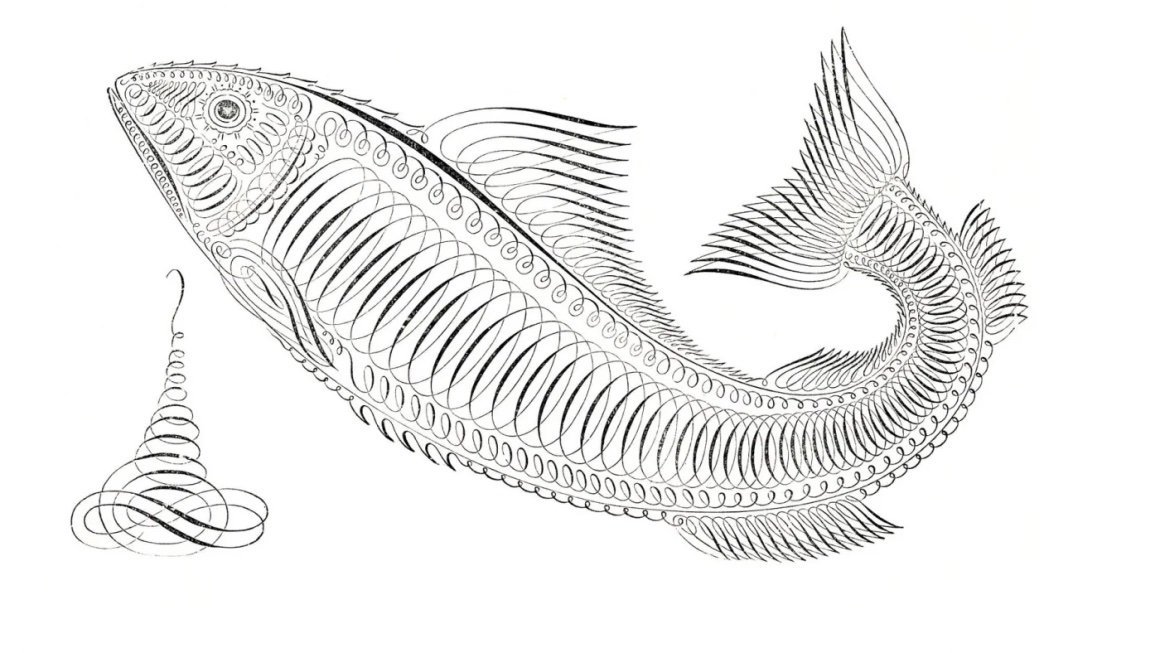Review: Savage Appetites by Rachel Monroe
By Christina McCausland
Rachel Monroe’s Savage Appetites is a book about motive. Monroe notes that though men dominate the world of violent crime—most perpetrators and victims of violent crime are men, she writes, as are most detectives and investigators and criminal attorneys—women make up the bulk of true-crime consumers. Monroe wants to understand why so many women are obsessed with true crime but she is not content with explanations that rely on women’s presumed pragmatism (i.e., that women watch or read true crime in order to avoid becoming victims). Instead, she suspects women find real pleasure in these stories. She writes that “perhaps we liked creepy stories because something creepy was in us.” Note that first-person-plural. Monroe is writing from inside the obsession. She is someone who is prone to what she calls “crime funks,” someone who has always been “murder-minded.” I could include myself in that “we” as well. I’ve seen every episode of Law and Order: SVU, am incredibly susceptible to the inertia of an all-night Forensic Files marathon even as I recognize the familiar beats of these shows, the formless buzz of anxiety that hovers as I take in these stories of assault, murder, and violence. The book, then, sets out to be a personal interrogation as well as a cultural critique, and I suspect that, like me, many readers will come to the book with some first-hand investment in Monroe’s findings.
Monroe breaks her investigation down into four parts, positing that fans of true crime find ways to identify with the roles of detective, victim, lawyer, and/or killer in these stories. For each of these archetypes, Monroe introduces us to a woman who embodies it: Frances Glessner Lee, a former housewife who improbably became one of the primary patrons of forensic science’s early days, is the “detective”; Alisa Statman, who in the 1990s became deeply enmeshed with the family of Manson-family victim Sharon Tate, is the quintessential “victim”; Lorri Davis is the “lawyer” figure—a former landscape architect, she suddenly devoted her life to the exoneration of Damien Echols, one of the West Memphis Three, after seeing a documentary about him (Davis and Echols are now married); and, finally, Lindsay Souvannarath is the would-be “killer” whose crush-like fascination with the legacies of school shooters drives her to plan her own mass shooting with an online boyfriend.
The featured women’s stories are well chosen and Monroe’s prose is intelligent and incisive. She molds her reported accounts of these lives in a way that allows her to deftly examine the cultural significance of each of the four roles, leading to many genuinely surprising and exciting insights. The standout chapter is “The Victim,” where Monroe uses the long aftermath of Sharon Tate’s murder to persuasively track how a widening scope of who qualified as a victim of a violent crime—not just a murdered woman’s family in addition to the murdered woman herself, but also, say, everyone in their community—leveraged racist paranoia in order to center a certain kind of nostalgic white victimhood against a demonized “other” perpetrator in political rhetoric around crime in the United States.
Each chapter also includes memoiristic strands that relate to the chapter’s theme. These are the weakest points of the book, mainly because the role of such sections is unclear and somewhat undeveloped. Monroe wants to indict herself alongside other fans of true crime, but these moments feel more aimless than scrupulous, especially when they interrupt an otherwise animated and compelling story. In this book, the personal works much better when it’s a reportorial “I”—Monroe at CrimeCon (a true-crime convention put on by Oxygen), Monroe describing her interactions with her subjects, as happens near the end of most chapters. In fact some of my favorite moments were when I felt up close to the brain that is both fixated by these stories and dedicated to unpacking them and her assumptions about them.
At the end of the chapter titled “The Lawyer,” Monroe describes spending time with Lorri Davis and Damien Echols in New York City. She’s just spent the whole chapter laying out a sort of paradox: If, like Davis did, a woman gives up her whole life—friends, career, family—in order to advocate for a man she loves, what happens to her and their relationship when that effort is finally successful? Is there a person left there to even live out the rest of that life? When Monroe meets the couple, she wants to ask Davis these “cynical questions”—does Davis regret “that the great story of [her] life is fundamentally about someone else”? But Davis isn’t conforming to Monroe’s version of this story. Monroe writes that, despite the extremity of these people’s lives, in a lot of ways, she was simply in the presence of a “long-married couple who still seemed to find each other delightful.” So even Monroe’s own story is subject to interrogation and complication, and this is the real pleasure of this book: here are the workings of a mind that won’t be satisfied by easy conclusions or predictable narrative beats, even as it desires and indulges them as much as the next true-crime fanatic.
About the author:
Christina McCausland is a writer living in Brooklyn.
